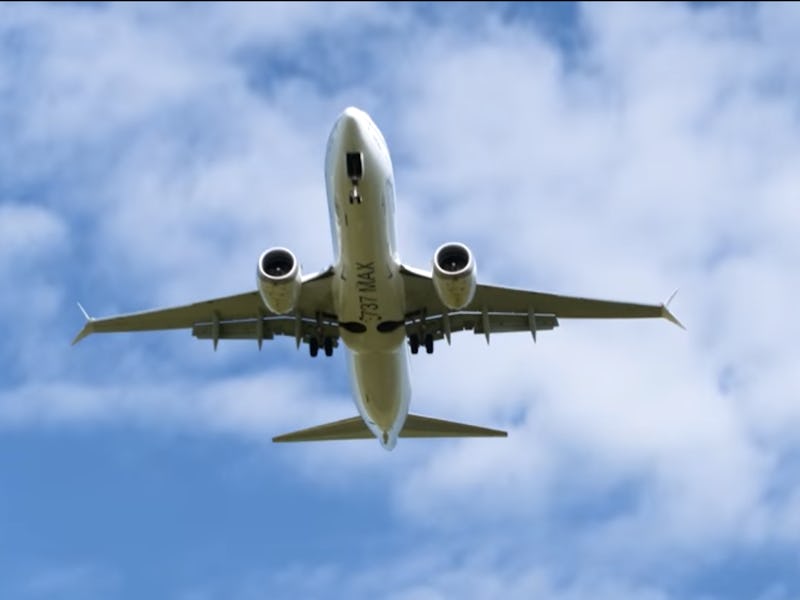Modern airplanes are really, really loud. The massive jet engines that pull huge airliners like the Boeing 737 through the air produce a massive amount of noise, disturbing wildlife and driving down property values near airports. Boeing wants to change that, and the company’s latest 737 MAX might put jumbo jets on the road to sounding more like the quiet hum of an electric car and less like using a leaf blower to dry your hair.
Most airports have noise thresholds that airplanes must meet in order to land, but Boeing wants the 737 MAX to go above and beyond. The company released a new video today showing off the new plane’s new technology, which Boeing says will make it 40 percent quieter than other next-generation 737 craft. thanks to some space-age technology hidden in an otherwise ordinary jet engine.
Essentially, the whole engine is shielded by a new layer of acoustic material that provides a small noise-canceling factor. The jet exhaust, which creates most of the sound, is broken up into three streams of different temperatures, and then swirled out of the back of the engine over a “space sheet layer” and honeycombed surface to lessen the noise.
In case you need a refresher on the crazy power of a modern jet engine, check out this video of jumbo jets landing at the St. Maarten airport, a tiny vacation spot, so small planes pass just feet over people’s heads on the beach.
It’s ridiculously loud. Airplane noise is so disruptive that several studies in the 1990s found property values next to an airport could be between 10 and 27 percent lower than similar properties elsewhere.
But you can’t test the sound of a jet engine in a major metropolitan area. The aerospace company runs “community noise testing” on most of its airplanes way out in northeastern Montana, where the desolate prairie provides a huge, quiet place to isolate the sound of the plane.
“Starting from low ambient noise conditions allows you to pick up the most accurate data from the noise of the actual airplane is producing itself,” Bob Little, the lead test director for the 737 MAX, said.
Basically, the company rigs up a gigantic field with ultra-sensitive microphones, and then flies planes over them over and over again until they can get accurate readings for how the engines sound during different levels of stress. Here’s a video of the whole process, with some gorgeous shots of the prairie over Glasgow, Montana.
The 737 MAX should take the skies in 2017 (although its Starliner space taxi won’t). Sure, the 737 MAX is a bit closer to home than the company’s efforts to send astronauts to Mars but for anyone living near an airport, quieter planes are something to get excited about.
